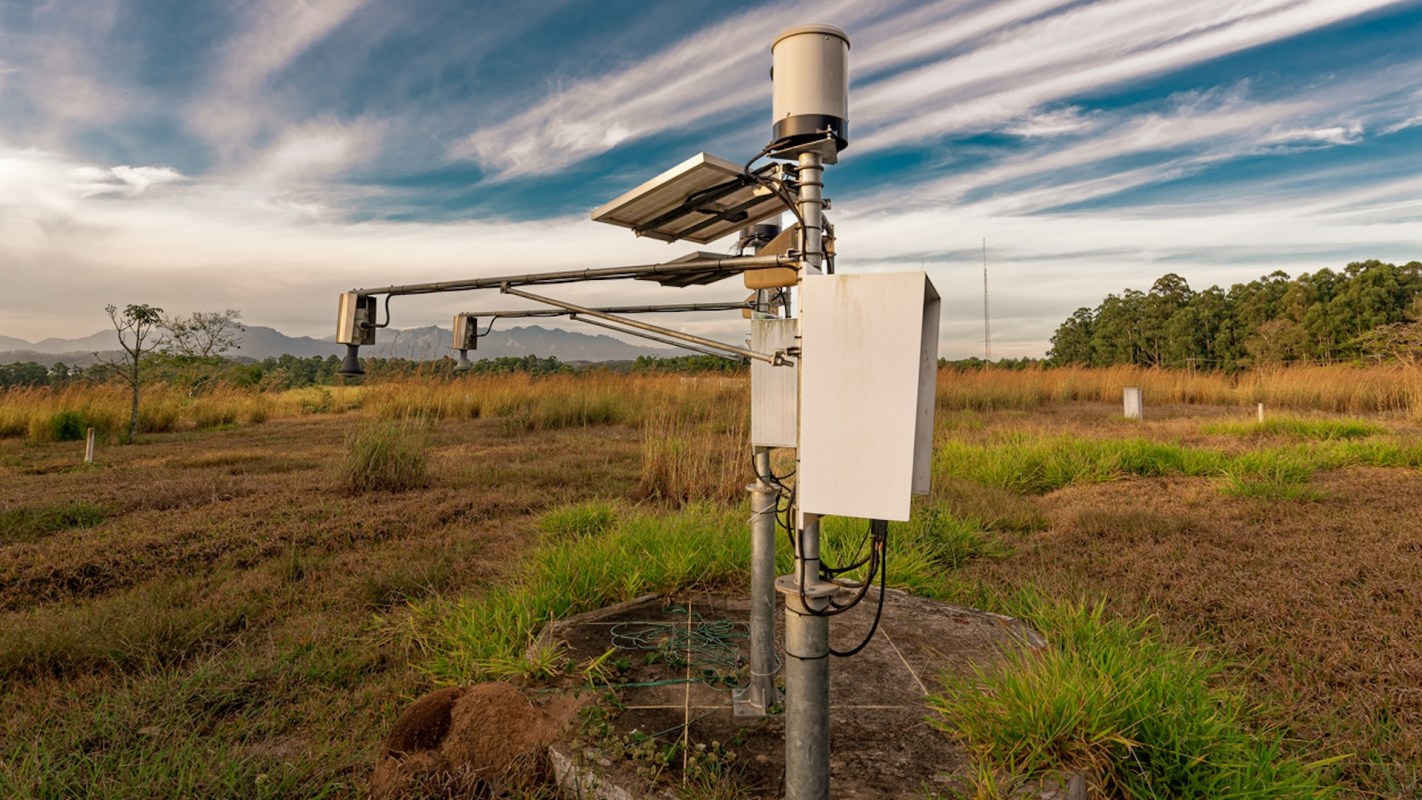Researchers at the University of Utah's College of Engineering have discovered a promising new solution to power wireless devices used to monitor automobiles, industrial machinery, and agricultural products.
An innovative battery called the pyroelectrochemical cell has the potential to fuel system sensors that are notoriously difficult to keep charged, operational, and working efficiently out in the field.
The driving force behind this research is the need to supply power to sensors that monitor the condition of remotely located engines, machines, plants, and soils. The new battery comprises materials that change electrical properties when cooled and heated, thereby powering a device based on temperature fluctuations in the environment.
This phenomenon creates an electric field inside the battery, allowing it to store energy for various applications. The new pyroelectrochemical cells also don't present the obstacles that solar cells do: getting enough sunlight and maintaining cleanliness for optimal power.
Two associate professors of mechanical engineering, Roseanne Warren and Shad Roundy, developed and first tested the pyroelectrochemical cell before publishing their findings in the journal Energy & Environmental Science.
"It's our idea for an integrated device that could harvest ambient thermal energy and convert it directly into stored electrochemical energy in the form of a supercapacitor or battery with applications for the Internet of things and distributed sensors," Warren explained.
Although energy harvesting levels remain low, this development is a massive breakthrough because the sensors can be distributed and do not require charging in the field. With simple increases and decreases in temperature, the new battery can generate enough charge for practical applications in many industries.
This means wireless sensor systems could become totally energy-independent and reduce waste from current energy-harvesting technologies. Pyroelectrochemical cells could ultimately become the key to enabling smart environments that promote energy conservation and save companies money on wasteful, outdated technologies and battery replacements.
It's yet another exciting step forward in the movement toward improving battery performance, curbing planet-overheating gas pollution, and protecting our people and food from climate-driven extreme weather events. With fewer manual monitoring tasks needed in the field, companies can save money on labor costs while ensuring safer equipment and conditions for workers. This latest innovation complements the efforts of other organizations working toward similar goals with new battery technology, including LG and Panasonic.
Looking ahead, the researchers plan to take their work outside the lab and into the field to conduct real-world demonstrations. They are designing cells using circuit modeling to optimize functionality so that just one heating/cooling cycle could produce up to 100 microjoules per square centimeter. The researchers say this is plenty of power for periodic sensor updates, especially while they are operating autonomously and generating their own energy.
Join our free newsletter for weekly updates on the coolest innovations improving our lives and saving our planet.









